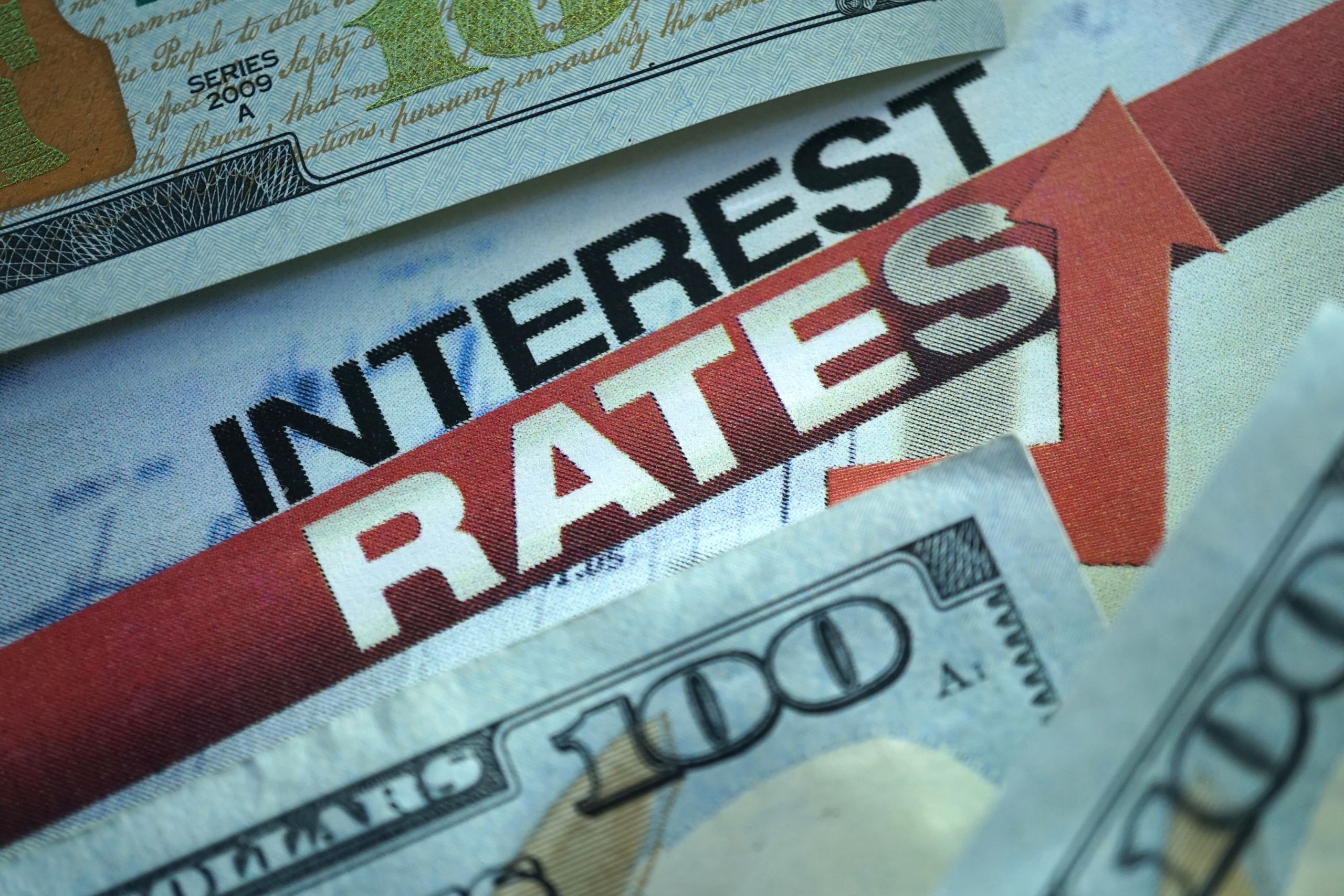A key element of personal finance, interest rates expose the cost of borrowing money. Whether your decision is a personal loan or a mortgage, the interest rate will greatly affect the total loan cost. A higher interest rate drives more money paid back over time; a lower rate might save a lot of money.
Good financial planning depends on a knowledge of interest rates as they affect not only your monthly payments but also your long-term financial situation. Borrowers who understand how rates impact loan amounts, loan periods, and overall cost will be better ready to make judgments.
Emphasizing the need of awareness and good negotiation, every percentage point can significantly affect the total interest paid over the loan lifespan. Knowing these rates will enable you to negotiate your borrowing options and maximize the best conditions to achieve your financial goals. A basic feature of personal finance, especially concerning loans and mortgages, interest rates are Representing the cost of borrowing money as a percentage of the loan total, they show Since they greatly affect the overall cost of borrowing, knowledge of interest rates is absolutely vital. While a lesser rate might save a lot of money, a higher interest rate produces larger monthly payments and a larger total payback during the term.
Knowing modern rates of interest and their fluctuations will enable one to design sensible financial plans for a personal loan or a mortgage. This information helps borrowers decide what to do, hunt around for the best rates, and finally select the most appropriate terms for their circumstances. Understanding the dynamics of interest rates helps borrowers to maximize their advantages and reduce the loan expenses, therefore improving their long-term financial situation.
How Interest Rates Affect Loan Repayments
Determining your monthly loan payment and the overall amount you will repay over the duration of a loan depends critically on interest rates. The interest rate on a loan is really the cost of borrowing money. Larger monthly payments follow from a higher interest rate as you are paying more for the borrowed money. For example, your monthly payment, should you borrow $100,000 at a 5% interest rate for 30 years, will be greater than if the rate were only 3%. Over time, this difference might become really significant and influence your budget for next years.
Let us now deal with fixed against variable rates. Your monthly payments keep the same with a fixed-rate loan as your interest rate remains the same during the loan term. This might give comfort, particularly if future interest rates climb since you won’t be impacted. Conversely, a variable-rate loan can start with a lower interest rate, which would help first payments to be more reasonable. But depending on market conditions, the rate might vary with time; hence, if interest rates rise, your payments will also rise. Your financial status and if you desire consistency or the possibility for upfront reduced expenditures will determine which of these choices best fit you.

The Role of Economic Factors in Determining Interest Rates
Though relatively important for the state of the economy, interest rates are impacted by various major causes. One of the key components is inflation, the slow increase in the prices of goods and services. Usually, lenders increase interest rates to counteract the reduced buying power brought about by inflation. Should lenders match their rates to inflation, borrowers may therefore pay more for borrowing. For example, if inflation is high, a bank could charge more for loans, therefore raising the cost to businesses and people wanting to borrow.
Still another important factor is the policy central banks like the Federal Reserve in the United States set. Interest rate changes by central banks help to control economic stability. They could boost rates to cool an overheated economy and prevent inflation. On the other hand, in recessionary times they may cut rates to inspire borrowing and consumption. Both lenders and borrowers might be much affected by these developments. Rising central bank rates, for example, may cause firms and consumers to pay more for borrowing, which would discourage them from funding fresh projects or applying for loans. Anyone trying to properly negotiate the borrowing terrain has to understand these elements.
The Difference Between Personal Loans and Mortgages
Regarding debt, mortgages and personal loans use different interest rates. Usually unsecured, personal loans expose more risk to lenders, which explains the higher interest rates. Important considerations include your term length, loan balance, and credit score. Usually, a higher credit score leads in a lower interest rate; a shorter loan period usually results in a lower rate but larger monthly payments. For a personal loan of $8,000 over three years, for example, a better credit score will save a sizable amount on interest.
Conversely, mortgages are loans, hence the property you are purchasing supports them. Usually, this results in cheaper interest rates than those of personal loans. Here, loan duration, kind of property, whether a fixed or variable rate mortgage become quite important. For example, fixed-rate mortgages give consistency with consistent payments; variable rates change based on the situation of the markets. Moreover influenced by the loan time are rates; shorter terms usually translate in cheaper rates but have higher monthly payments. Understanding these differences will help you decide whether to borrow for a property or for personal reasons more sensibly!
How to Minimize the Impact of High Interest Rates
Regarding loan management, raising your credit score is among the best ways you can help to control borrowing costs. A better credit score will let you qualify for reduced interest rates, therefore saving money over the course of a loan. Open few new credit accounts simultaneously to raise your credit score; pay your bills on time to prevent building too much credit card debt. You should also frequently check your credit report for mistakes and act should you uncover any if you want your score perfect.
Another useful advice is to hunt about for the best rates. Never accept the first offer you get; conditions and interest rates vary amongst lenders. Spend some time looking at choices from several banks and credit unions to identify one that fits your financial circumstances. Consider loan refinancing or consolidation if you now have many loans or high-interest debt. Consolidating your loans into one with a better rate could assist you to streamline your payments and maybe lower interest rates. Refining current debt is another smart move, especially if the market interest rates are below those of your original borrowing.

Final Thought
Managing personal finances depends on an awareness of interest rates as they greatly affect choices on borrowing, saving, and investing. Whether via choosing a higher-yield savings account or a lower mortgage rate, a well-informed approach to interest rates may result in significant savings and improved financial outcomes. Those considering personal loans or mortgages should carefully consider all options, weighing terms and rates from several lenders to maximize financial benefits and meet long-term goals. Following changes in interest rates will enable you to make wise decisions in line with your financial objectives.
